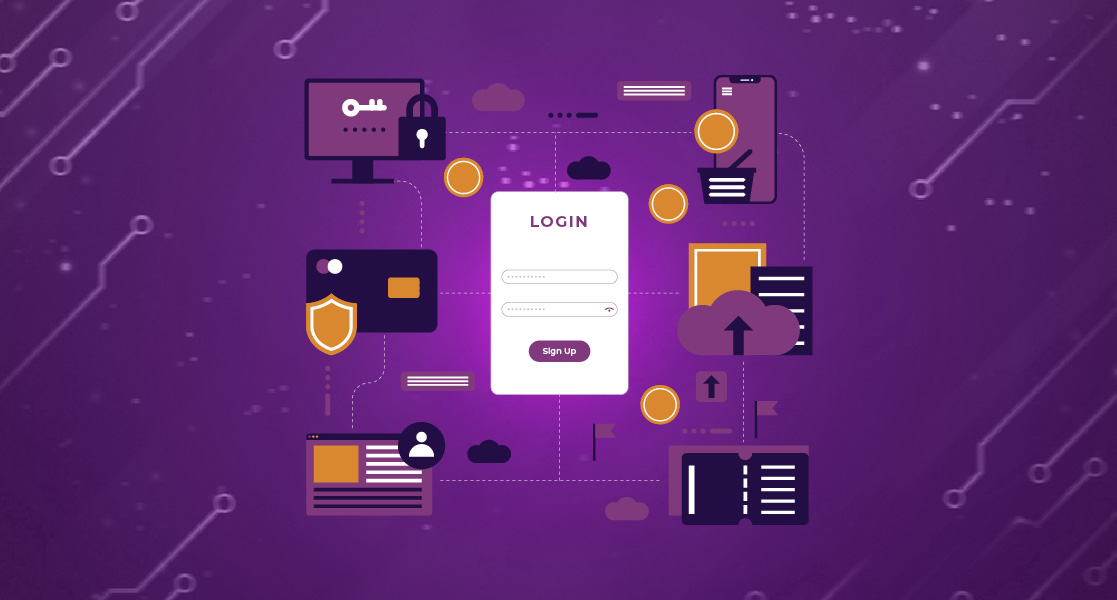Widespread internet penetration, a slew of government reforms and sustained investor interest in payment space has led to a surge in digital payment adoption by consumers and merchants. Unified Payments Interface (UPI) has accelerated this adoption multi-fold as the simplicity and ease of use by both developers and consumers, unbottled many use cases. Growing at a compounded rate of over 50% year-on-year, digital payments got a further tailwind during the COVID-19 pandemic as consumers adopted touchless payments.
Challenges in making the payment system secure –
While the growth has been rapid, the industry is still nascent. Several structural and technological challenges such as cyber-frauds, transaction costs, communication infrastructure, awareness and adoption need to be overcome to bring about the true realization of the potential of digital payments. A deep dive into some of these throw up deep large problems that would require collective intervention by the industry.
Disputes of Small Merchants: Merchants, especially smaller ones, are wary of giving away goods and not receiving payments the next day, despite an SMS or paper slip confirming payment approval. This stems from two causes, a) a lack of awareness around how digital payments work and what each electronic confirmation means, and b) cumbersome and time-consuming dispute management processes. Digital payment confirmations are usually received through SMS or printed charge-slips and are in English. Comprehension of written English in India is low in general and with the small merchant community even lower. Moreover, to manage legal implications the content is usually technical in nature which makes it that much more difficult for merchants to understand. Most players, whether banks or fintechs, resort to dispute management through phone calls or digital channels like WhatsApp and Email. Since every payment transaction involves an acquirer (the bank that accepts the transaction), a network (Visa, Master, Rupay) and an issuer (the bank where consumer holds their account), determining the root cause behind any dispute is time consuming and complex. Further, most merchants while agreeing to accept digital payments may not have read the fine print in their agreements wherein if the issuing and acquiring bank do not agree on the dispute, the merchant would need to bear the loss, with no easy way to get access to arbitration. For a small merchant who has limited time to chase disputes, this further reduces their trust in digital payments and moves them towards cash.
Substandard Internet Quality: India faces a major challenge in terms of last-mile internet connectivity. The race to win the telecommunications battle has led to a price war between telcos, the impact being on service quality. There is very little money left in the business for telcos to invest deeply into creating a quality network or service infrastructure. COVID-19 led to a huge surge in Internet demand and that has led to a further strain on the infrastructure. Unlike regular web browsing, payment traffic has specific needs such as low latency, low response time-outs and a need to connect modern TCP/IP based systems with legacy ISO systems. The result is time-outs, packet drops leading to a typical experience of a consumer getting confirmation of payment while the merchant has no confirmation. In the absence of which the merchant cannot handover the goods, while the consumer having been debited has no easy way to get a refund. This inconvenience discourages first-time consumers from adopting digital payments, especially for micro-payments.
Cyber Fraud – India comes only second after the US in hacking attempts, reflecting the interest in the hacking community in India. While till date large scale data breaches have been limited, the overall security posture is nascent. Inadequate investments into security technology and lack of awareness with people dealing with data in banks and fintechs are the primary reasons for this. Historically it has been seen that most data breaches have a human lapse behind them. A higher awareness of what may seem like an insignificant lapse, e.g. a piece of paper on which a password was written being torn and thrown into a dustbin, is needed to limit things going wrong. A tightening of the enforcement infrastructure and quick disposition of cases with strict penalty would also help in creating deterrents. While the banking and fintech industry are working on ways to control this, cyber-criminals and hackers are evolving their techniques too. In such an environment, use of technology with a combination of awareness and stricter laws can help in navigating the landmine of security problems.
Conclusion –
All these problems are solvable if the industry decides to collectively work on doing so. Interventions by the regulator with quality-of-service standards, service-based penalties and incentives for improving awareness will help in slowly, but steadily, enhancing the digital payments experience.
